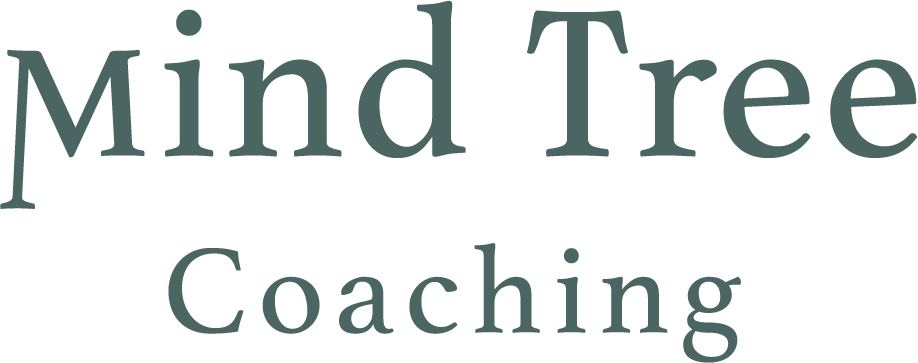
Oh no! Another article about New Year’s resolutions!
It’s the beginning of the year and many of us take this time to make New Year’s resolutions.
We make plans to change, start new projects or stop doing certain things, to change habits.
And how many of us have ever reached December having fulfilled the New Year’s resolutions we set in January? How many of us have even reached June without having abandoned our January resolutions?
Abandoning new year's resolutions is as cliché as making new year's resolutions!
But giving up resolutions is like failing to keep a promise we make to ourselves, it’s bad for morale and motivation, and creates a negative habit of normalising the abandoning of good habits and a failure to see things through.
So how do we go about setting resolutions that we can stick to? There are a few tricks to make the process easier and more effective:
1. Formulating resolutions correctly
For a goal to be easier to achieve, it is important to formulate it well, with specific language, with a definition in time and with success criteria, and also with a positive language. For example, instead of “I want to lose weight in 2023”, it is more effective to say “I want to reach December weighing 65 kilos”.
2. Spread throughout the year
One of the main reasons we quickly abandon New Year’s resolutions is the tendency to want to do everything all at once and right away.
If I start going to the gym, learn a language, be more regular in my online presence and try to quit smoking on January 2, I will most likely feel swamped and overwhelmed by it all and end up giving up on it all.
It’s more effective to schedule and spread the goals out over the year.
For example: in January I’ll quit smoking and use the time I spent smoking to go for a walk around the block to slowly start a physical activity. In February I’ll start going to the gym. And in March I enrolled in the language school next to the gym. In November I’m going to spend a long weekend in a country where I can practise that language, etc.
3. Format the resolutions in terms of the overall objective
What is the ultimate goal that this resolution allows me to achieve? Going back to the weight loss example: if I set a goal to weigh 65 pounds in December, I have set a specific, positive, time-defined and realistic goal.
But I set a goal to a permanent change as if it were a one-off goal. In other words, I’m going to weigh 65 kilos in December, then what? What happens? Most likely I’ll put the weight back on again, because the goal was met… or was it? The most effective thing is to set as a goal “Maintain a healthy weight appropriate to my age at a physical activity level”. Because that is really the ultimate goal: to be healthier in the long term.
I hope this guide helps you set better goals!
Mind Tree Coaching is committed to achieving the United Nations Sustainable Development Goals
through our focus on Quality Education and Good Health and Well-being.




